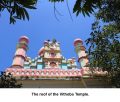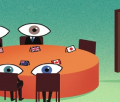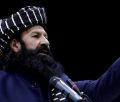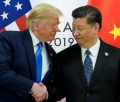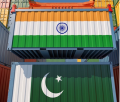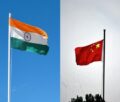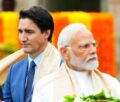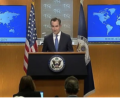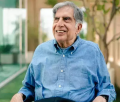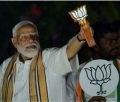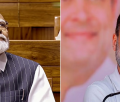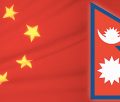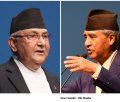India of Kangana, Vir Das


by Atul Cowshish
We always believed that India has more diversity than other countries—in race, religion, caste, class, communities and what not. But going by a current controversy, two distinct classifications are possible—one pronounced by Bollywood actress Kangana Ranaut who apparently ridiculed India’s Independence and the other by stand-up comedian Vir Das who thought India was a sort of two-in-one country with wide contrasts.
Miss Ranaut, fresh from being conferred a Padma award, has authoritatively—and repeatedly—told us that what India achieved on August 15, 1947 was a make-believe freedom because in its true sense Azadi (freedom) came to India only in May 2014 with the anointment of Narendra Modi as prime minister.
The transfer of power in 1947 was nothing but ‘Bheek’ (alms) from the British, said she to an applauding audience to describe the nature of India’s (fake?) independence seven decades ago.
Inevitably, Kangana Ranaut remarks generated a controversy and Indians were divided between those who supported the actress and those who did not. Her supporters are obviously die-hard Modi worshippers who actually believe what she had said.
Her detractors were incensed by her pretensions to be a historian without knowing what history is all about. Probably, the anger was heightened because ‘Bheek’ is generally associated with something given by a benevolent soul or even god rather than something earned by dint of one’s efforts.
What a colossal fraud we have been subjected to for nearly 75 years! Not only we did not actually become a free nation in 1947 but millions of Indians have been misled into believing about the greatness of many stalwarts ( a misnomer?) of the freedom struggle, when, according to Kangana Ranaut, ‘Azadi’ was withheld for another 70 years or so.
There was, however, an irony in her self-assured contestation. According to some media reports her own grandfather was called a ‘freedom fighter’. If what he struggled for did not lead to Azadi how could he be called a ‘freedom fighter’?
However, one is tempted to offer a gratuitous advice to her, who has played the role of Jhansi Ki Rani on screen: Since you do not seem to be preoccupied with your primary avocation of acting, please write a tome on how the world and Indians have been made fools of by advertising 15th August, 1947 as the day of Independence for India.
Special attention needs to be paid by her to exposing the role of Indians who were actually seeking ‘alms’ from the British and not working to seek Azadi. Kangana Ranaut would be the right person to tell us how hundreds or thousands of Indians, some of them with names enshrined prominently in history, came to be called ‘freedom fighters.’
She, however, may have to face a somewhat embarrassing moment when she begins to examine the role of Mohandas Karamchand Gandhi and the likes of Subhash Chandra Bose and Sardar Vallabhbhai Patel who have been usurped by the BJP and the Sangh Parivar as their icons.
Why use the prefix Mahatma with Gandhi if all he achieved was to receive Khairat (Urdu word for alms) from the British? Bose was a freedom fighter who believed in an armed struggle to reach the goal of freedom successfully. Forgetting for a moment that many Indians continue to believe that Bose is still alive, the question is should we include him among the greats of the freedom movement if he may have been actually looking for receiving ‘alms’ from the British?
And Sardar Patel! He is known as an architect of united India, integrating over 500 big and small princely states after the British left, when India (says Kangana Ranaut) had not become Azad (free) in real terms. Going by Kangana Ranaut’s reading of the history, Patel did nothing great as India was not free at the time and yet, he is BJP’s greatest icon whose statue in his native Gujarat towers 157 metres in the sky.
A sense of dual identity seems to peep out of Kangana Ranaut’s version of Indian history, even if it is still to be formally written and published: Pre-2014 India and India of today with Narendra Modi. Comedian Vir Das acknowledged that he was talking of two different identities of India when he made certain observations that have riled the large community of Bhakts.
Das said that India was a country where people worshipped women by day and gang-raped them at night. He also said some other things that mark the distinct and contrasting identities of India.
Because he had infuriated the entire Sangh Parivar by saying something in a foreign country (USA) that ‘maligned’ India, Das invited not only condemnation from the right wing but also found criminal complaints filed against him back in India. He may well be taken straight to a jail when he returns to India.
If that happens it would probably prove him right. After all, Ms Ranaut’s reading of Indian history has also offended a lot of both the elite and the masses in India. Many have demanded her arrest and some have gone to the extent of asking her if she got her Padma award as a ‘Bheek’ for singing paeans to her hero, Narendra Modi.
And did she not consciously ‘malign’ the image of India in the eyes of the world by denigrating India’s freedom which was obtained after a prolonged struggle but through the unique way of Ahimsa?
Finally, a lot more of Indian billionaires have been leaving the country today than ever before. Is it, therefore, a crime to talk about the down side of the state of affairs in today’s India? And should it be construed as an offence?
-
Book Shelf
-
 Book Review
DESTINY OF A DYSFUNCTIONAL NUCLEAR STATE
Book Review
DESTINY OF A DYSFUNCTIONAL NUCLEAR STATE
- Book ReviewChina FO Presser Where is the fountainhead of jihad?
- Book ReviewNews Pak Syndrome bedevils Indo-Bangla ties
- Book Review Understanding Vedic Equality….: Book Review
- Book Review Buddhism Made Easy: Book Review
- Book ReviewNews Elegant Summary Of Krishnamurti’s teachings
- Book Review Review: Perspectives: The Timeless Way of Wisdom
- Book ReviewNews Rituals too a world of Rhythm
- Book Review Marx After Marxism
- Book Review John Updike’s Terrorist – a review
-
-
Recent Top Post
- Commentaries Record Pentagon spending bill and America’s hidden nuclear rearmament
-
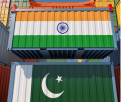 CommentariesNews
Ides of trade between India and Pakistan
CommentariesNews
Ides of trade between India and Pakistan
-
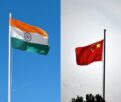 Commentaries
How sustainable is the rhetoric of India-China Bhai-Bhai
Commentaries
How sustainable is the rhetoric of India-China Bhai-Bhai
-
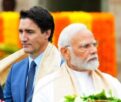 CommentariesTop Story
New Set of Diplomatic Strains with Canada
CommentariesTop Story
New Set of Diplomatic Strains with Canada
-
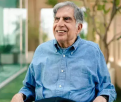 News
Ratan Tata’s Legacy
News
Ratan Tata’s Legacy
-
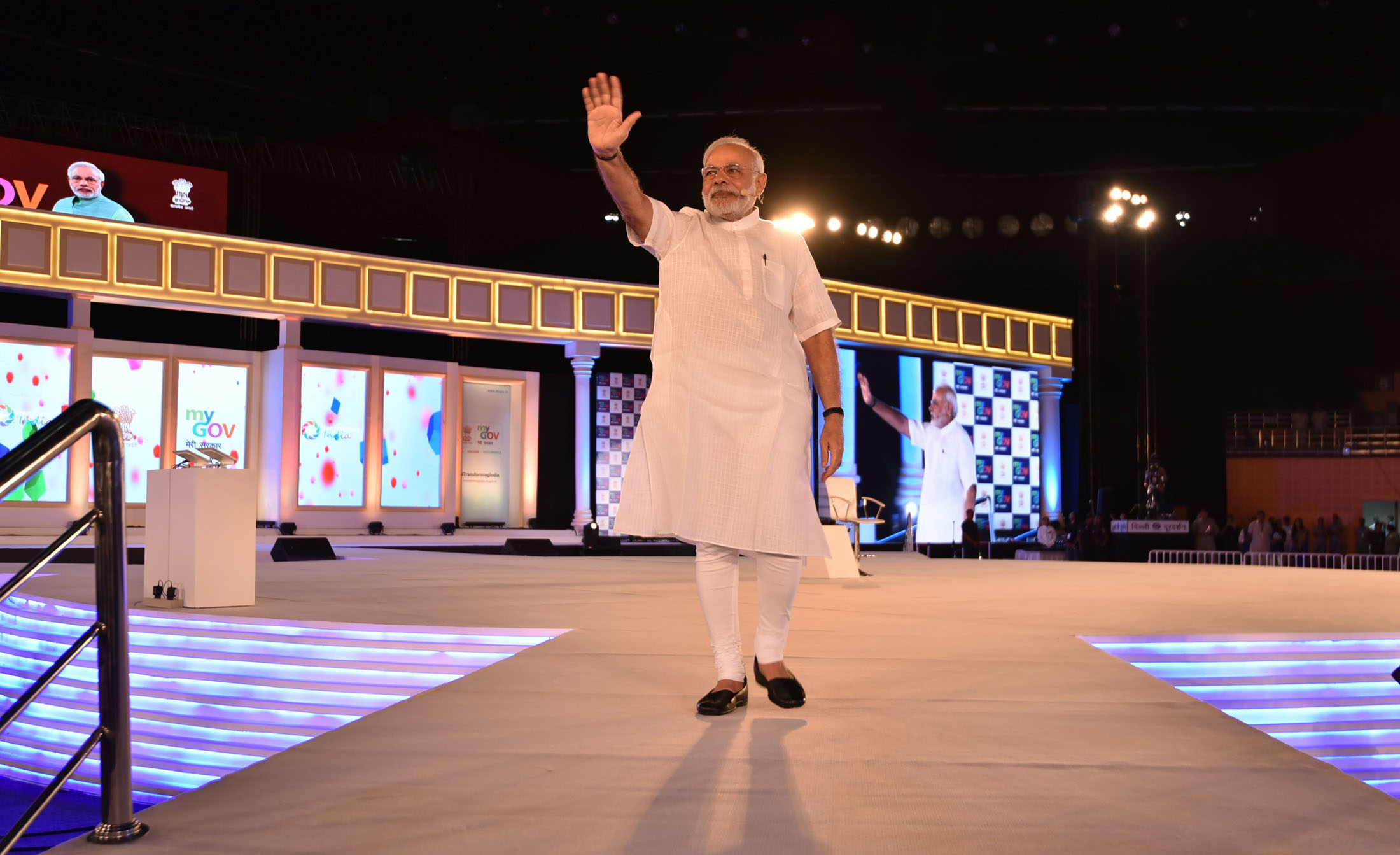 Commentaries
India’s Strategic Push on the World Stage
Commentaries
India’s Strategic Push on the World Stage
- Commentaries Veils of Resistance
- Commentaries Ensuring Safety for Women Healthcare Workers
-
 CommentariesTop Story
Palestinians at the cross- roads
CommentariesTop Story
Palestinians at the cross- roads
-
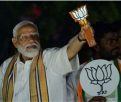 CommentariesTop Story
While Modi professes concern for the jobless, “his government’s budget escalates class war”
CommentariesTop Story
While Modi professes concern for the jobless, “his government’s budget escalates class war”
AdSense code


